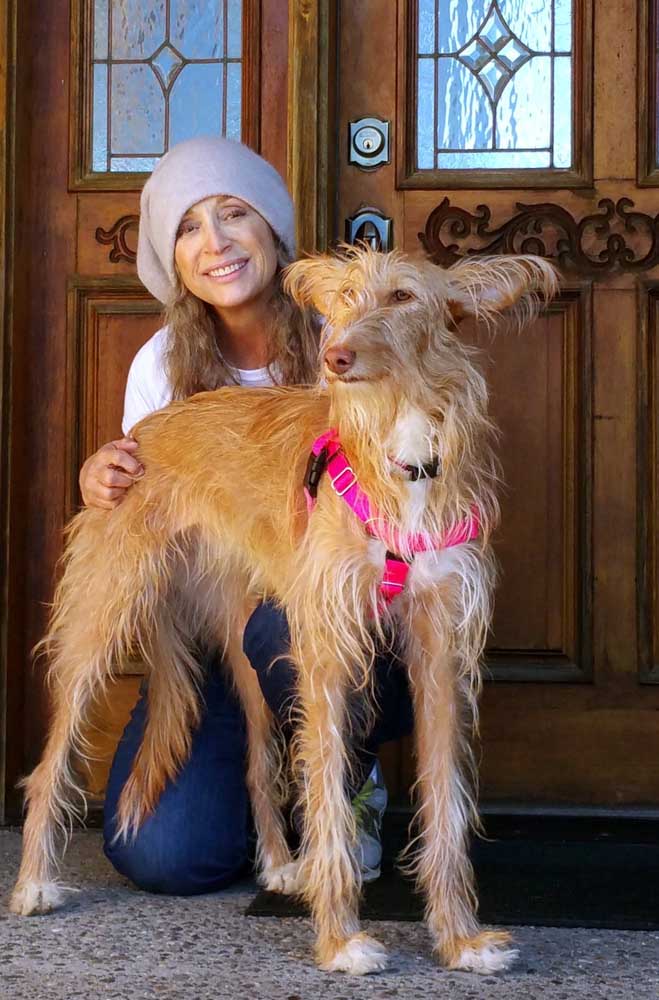Beach survival skills with your dog
Published 5:59 am Wednesday, June 6, 2018

- Rain Jordan of Expert Canine, with Dahlia.
At last, it’s safe to sport your favorite pair of shorts! Your dog’s excited too, and sans his winter onesie, he’s bounded from the car wearing nothing but his walking harness. He’s ankle deep in sand when you note his eyes locked on to the ocean, and for a moment you panic. It’s not the water you fear, it’s the whir of rubber and its metal tonnage. As you grab the leash, a car horn sounds in the distance, and a woman’s voice, screaming her dog’s name.
Those who live in Clatsop County and wish to enjoy beach fun with their dogs have choices, but also challenges. Gearhart and Warrenton residents must share their entire beach strand, 24/7/365, with automobiles. Luckily, modern dog training offers survival skills to help protect your dog.
“Touch” and “loose leash” behaviors can be trained quickly and built on over time. To prepare for training, cut one cup of unseasoned, unheated turkey hot dogs and hard cheese into pea-sized cubes and place in a nonbreakable bowl. Find a private, quiet room in your home, with no other animals in or near the space.
Sit on the floor, in a chair, or on a bed. Place the bowl of food near your hand but out of your dog’s reach and view. Have the scent of food on the palm of the hand with which you will be training — that is helpful for the first several touches. Here are the steps for teaching touch:
1. Gently place and hold your open palm in front of dog’s nose, about one inch away.
2. Wait until dog touches palm with nose, then immediately say yes! and retract your hand.
3. Immediately after saying yes, take one tiny piece of food from bowl and deliver to dog’s mouth from your hand, then retract hand. Once dog has eaten it, repeat the first three steps three times. Repeat three more times, but now placing your palm 3 inches farther from dog’s nose.
4. Once your dog is comfortably executing the touch behavior, add the word “touch” as you present your palm. As your dog gains confidence with touch, continue increasing the distance of your palm several inches at a time, always adding the word “touch” as well. Eventually, this Touch palm cue will become a short-distance recall behavior.
The steps for teaching “loose leash” are as follows:
1. Dog is on walking harness and leash; your leash end is against your stomach with one hand; food is in or accessible by your other hand.
2. Walking a slow or normal pace, for every one to two steps your dog does not pull on the leash, say Yes!, then deliver one tiny piece of food as you walk. Repeat as many times as needed depending on your dog. (If the dog begins checking in with you — looking back at you —while walking, that’s a plus! Reinforce that with a yes! and delivery of food.)
3. Increase goal to three or four steps with leash slack, then five or six, etc. Your dream goal: An entire walk with the leash remaining slack. Rule: No punishments or “corrections” as these can negate learning, trust, and confidence.
How do these skills help your car-beach challenge? Touch-recall increases off and on-lead, visual, and voice guidance while Loose Leash training creates a habit and mindset that reduces the risk of your dog yanking the leash away and ending up in front of a car. Teaching, combining, and positively reinforcing these good behaviors will keep your dog safer and provide you with greater peace of mind.
Rain Jordan of Elevate Dog Training & Behavior is a certified professional dog trainer and behavior specialist in Gearhart.





